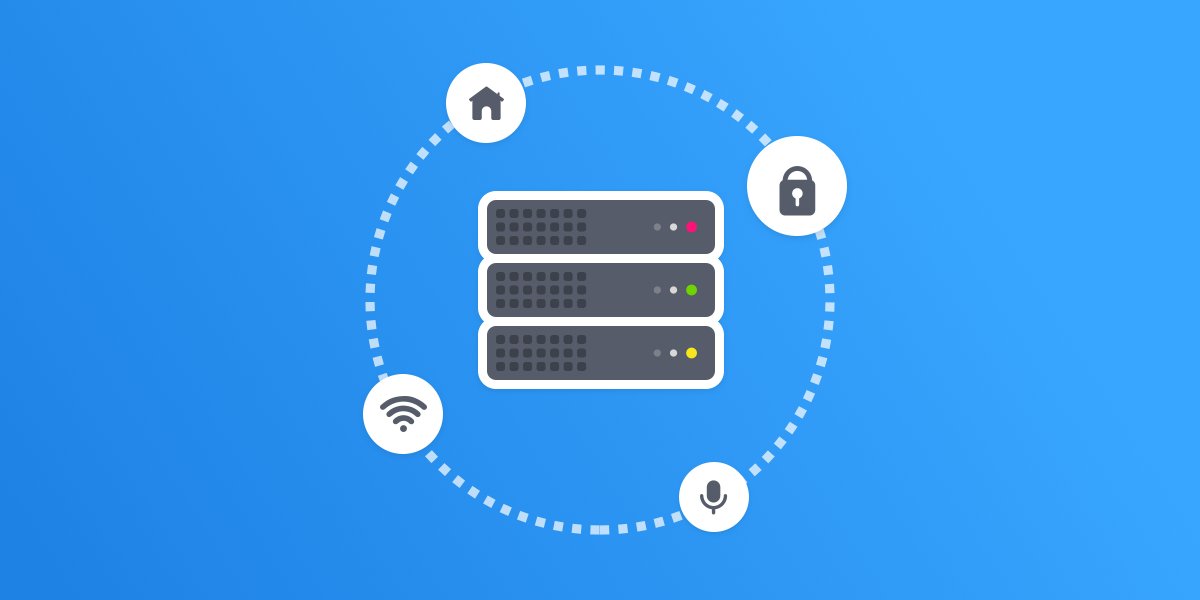In the age of Internet of Things, or IoT, we’re experiencing a level of connectedness like never before. Everything from our watches to cars to home devices can generate data about itself. It analyzes it in relation to other events, and shares that information with other objects to create meaningful experiences. This technological evolution is transforming the way we access information about ourselves and our environment. Objects in our day-to-day lives are now becoming the very tools for understanding the complexity of our environment. Simultaneously, they’re responding to it with ease and efficiency.
Though, is this level of technological advancement actually a double-edged sword? As IoT opens up new and exciting opportunities for enhancing lives, does it potentially poses a threat to our security?
Issues With the Internet of Things
Let’s look at internet-connected toys, for example. Who would have thought that a barbie doll we give to our children can allow hackers to takeover our entire wifi network and access personal data through intercepting the communication channel and turning the microphone of the doll into a surveillance device? Or look at the Jeep Cherokee hack, where a car can be wirelessly accessed and disabled remotely – stopping it in its tracks. Or worse yet, you can access the use logs and remotely turn on a vibrator, potentially committing sexual assault.
Why isn’t there a security system, like the way Norton used to handle computer hacks, for this world of IoT? Truth is that the current protocols in IoT systems aren’t uniform. Previous technologies (like wired computers) have had time to develop standard approaches. However, the current systems all exist in separate realities, so to speak. It’ll be that much harder to plug into a third party security system for the new influx of wired products. That said, Google has been working to create standard protocols (Brillo, Weave) that might quicken the pace at which our security is handled.
Despite the issues that still exist, the good news is that as cybersecurity threats increase in complexity and scale, we become more adept at handling them. Ultimately, we’ve been handling hacks for a long, long time. It’s been fairly easy to hack into a wireless printer and access documents for sometime and it’s not impossible to hack certain wifi networks if you have the knowledge. This is something that consumers rarely worry about, though companies have been battling (somewhat successfully) for sometime. Every new connected technology requires security systems and companies spend money on security systems to ensure that data is safe.
Where From Here?
As with anything, there will be hacks, and people finding ways to manipulate what they can. it comes down to trust in the companies and businesses we’re purchasing from as their interests in profits require them to maintain secure systems.
An area of our life that might not be so adept at handling the new issues with security could be city infrastructure, as government teams can be slower to adapt to the most modern and secure protocol, instead using outdated tech allowing for a variety of mishaps.
Cyber attacks will always be a threat as long as technology continues to advance. The silver lining is that we become better at handling these threats as we establish more sophisticated solutions.




